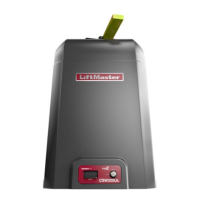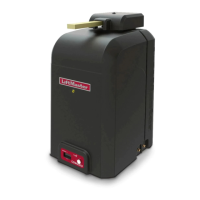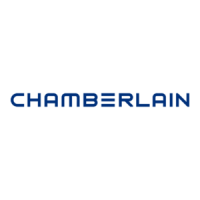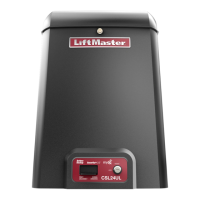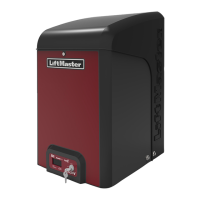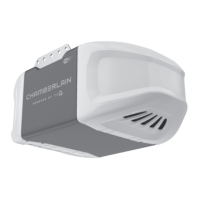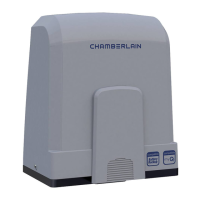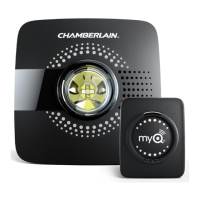3
Class I – Residential vehicular gate operator
The CSW200UL™ is intended for use in vehicular swing gate applications:
Class II – Commercial/General access vehicular gate operator
Class III – Industrial/Limited access vehicular gate operator
Class IV– Restricted access vehicular gate operator
UL325 MODEL CLASSIFICATIONS
NOTE: UL requires that all installations must have warning placards placed in plain view on both sides of the gate to warn pedestrians
of the dangers of motorized gate systems.
In order to complete a proper installation you must satisfy the
entrapment protection chart shown. That means that the installation
must have one primary means of entrapment protection and one
independent secondary means of entrapment protection. Both primary
and secondary entrapment protection methods must be designed,
arranged or configured to protect against entrapments in both the
open and close directions of gate travel.
For Example: For a gate system that is installed on a single-family
residence (UL325 Class I) you must provide the following: As your
primary type of entrapment protection you must provide
• Type A - Inherent (built into the operator) entrapment sensing and at
least one of the following as your secondary entrapment protection:
• Type B1 - Non-contact sensors such as photoelectric sensors,
• Type B2 - Contact sensors such as edge sensors or
• Type D - Constant pressure control.
• Type E - Built-in audio alarm.
Class I
Class II
Class III
Class IV
A, B1, C
D
A, B1, C,
DE
A, B1, C
C
A, B1, C,
D, B2
AC
Secondary
Type
Primary
Type
DE
UL325 ENTRAPMENT PROTECTION REQUIREMENTS
This chart illustrates the entrapment protection requirements for each of the four UL325 classes.
Swing & Gate Barrier
(Arm) Operator
GATE OPERATOR ENTRAPMENT PROTECTION
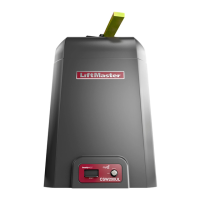
